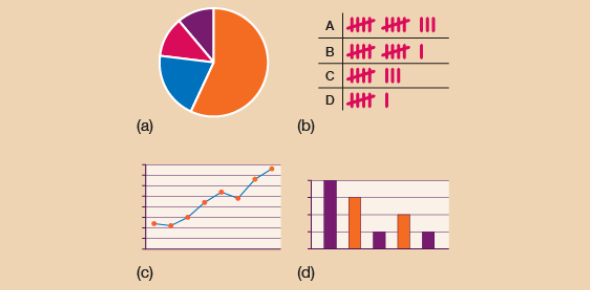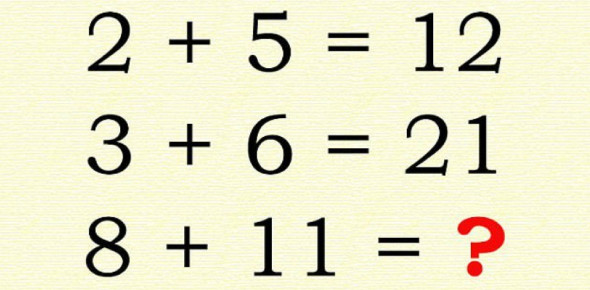Discrete Vs Continuous Quiz in Sep 2024

Welcome to our Discrete vs Continuous Quiz, where you'll embark on a fascinating exploration of fundamental concepts in mathematics. In this quiz, we delve into the distinction between discrete and continuous variables, essential for understanding various mathematical models and real-world applications.
Discrete variables represent values that can be counted and are typically whole numbers, while continuous variables can take on any value within a given range. Through a series of thought-provoking questions and scenarios, you'll test your understanding of these concepts and learn how they apply across different fields, from statistics and probability to calculus and data science.
Challenge yourself Read more


